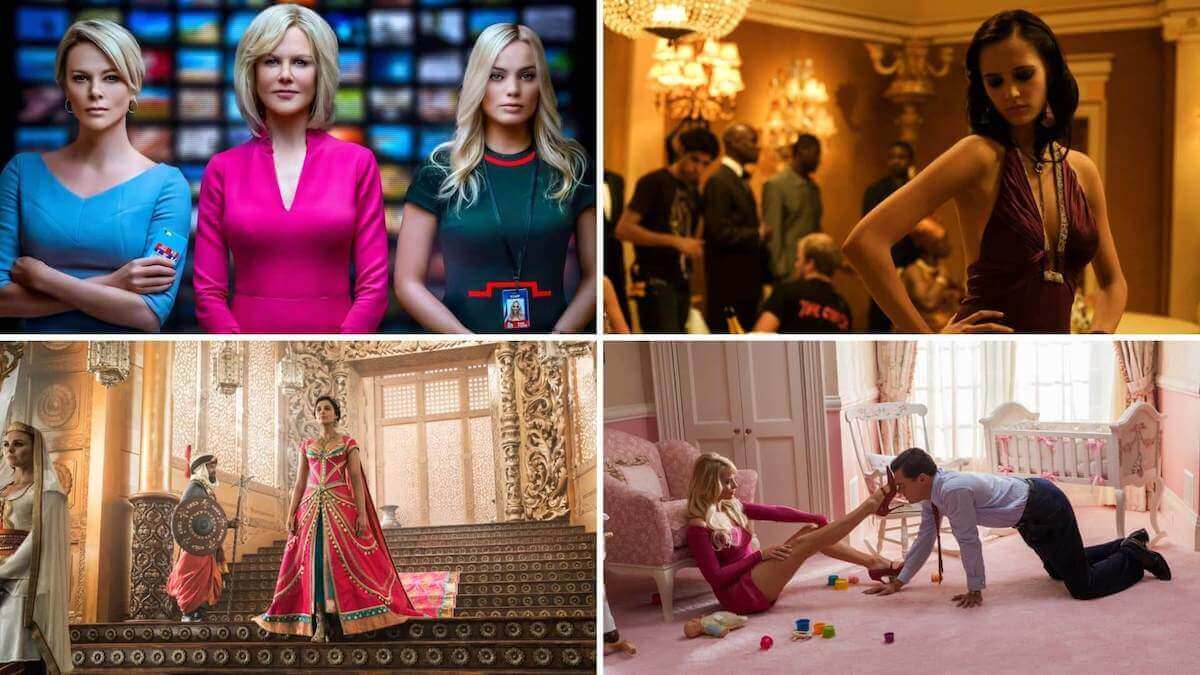The concept of the “male gaze” is a critical theory term coined by film critic Laura Mulvey in her seminal essay, “Visual Pleasure and Narrative Cinema” (1975). It refers to the way visual arts and literature often depict the world and women from a heterosexual male perspective, relegating women to objects of male pleasure. This concept has been foundational in feminist media critiques and continues to spark important discussions about gender representation.

Defining the Male Gaze
The male gaze operates on three levels:
- The male character’s perspective within the narrative – Female characters are often portrayed as passive objects for male observation or desire.
- The perspective of the audience – Viewers are positioned to adopt the gaze of a heterosexual male protagonist, shaping their interpretation of female characters.
- The filmmaker or creator’s perspective often reflects societal structures that reinforce patriarchal norms.
As Mulvey argues, the male gaze “structures the way films and other media are created, privileging male perspectives and marginalizing women to roles of visual and sexual spectacle” (Mulvey, 1975).
The Male Gaze in Media

Film
Hollywood’s classic films, such as Vertigo (1958) and Rear Window (1954), directed by Alfred Hitchcock, are frequently cited as examples where women are subject to the voyeuristic male gaze. These films use camera techniques to frame female characters as objects of desire while denying them agency.

Advertising
Advertising often perpetuates the male gaze by sexualizing women to sell products. Research by Gill (2007) highlights how “sexualization in advertising positions women as commodities,” reducing their identity to physical appearances.
Social Media
In the digital age, the male gaze persists on platforms like Instagram and TikTok. Content often conforms to societal beauty standards, with influencers and creators optimizing their appearance for engagement, further normalizing objectification (Duffy & Hund, 2015).
Implications of the Male Gaze
The male gaze has far-reaching consequences, influencing societal attitudes toward gender roles, relationships, and self-perception. By perpetuating stereotypes, it upholds patriarchal structures that marginalize women and other gender minorities.
However, as media evolves, there is growing recognition of the need for inclusivity and equality. Discussions about the male gaze highlight the importance of critical media literacy and the role of creators in shaping cultural narratives.
Conclusion
The male gaze remains a critical lens for understanding gender dynamics in media. While its presence is deeply embedded in cultural production, ongoing feminist critique and innovation offer opportunities to disrupt and redefine these norms. As audiences become more aware of the biases in representation, the demand for equitable and authentic portrayals of all genders continues to grow.
References
- Mulvey, L. (1975). Visual Pleasure and Narrative Cinema. Screen, 16(3), 6ŌĆō18.
- Gill, R. (2007). Gender and the Media. Polity Press.
- Duffy, B. E., & Hund, E. (2015). ŌĆ£Having It AllŌĆØ on Social Media: Entrepreneurial Femininity and Self-Branding Among Fashion Bloggers. Social Media + Society, 1(2)


Your blog provides a clear and well-structured overview of the male gaze, linking its origins in Laura Mulvey’s theory to contemporary examples in various media. The inclusion of examples from film, advertising and social media effectively illustrates the pervasiveness of the concept.
However, you could deepen the discussion by exploring how the male gaze intersects with other axes of identity, such as race or class. For example, how might women of colour be represented differently under the male gaze, and how do these representations reinforce broader societal stereotypes? In addition, consider expanding on emerging counter-narratives in the media – such as the “female gaze” or non-binary perspectives – that actively challenge the traditional dynamics you have described.
Including more recent examples of films or campaigns that have attempted to subvert the male gaze could also make the blog more relevant and engaging for modern audiences.
I think this is a brilliant explanation, I love the inclusion of proper theory and examples. This shows everything wrong with the male gaze and why it’s a concept that needs to be destroyed for the process of society and a more equal humanity. Although I wish you gave an example of what to do about it, like any active means of stopping this like boycotts or petitions.
Overall great blog, nice work.